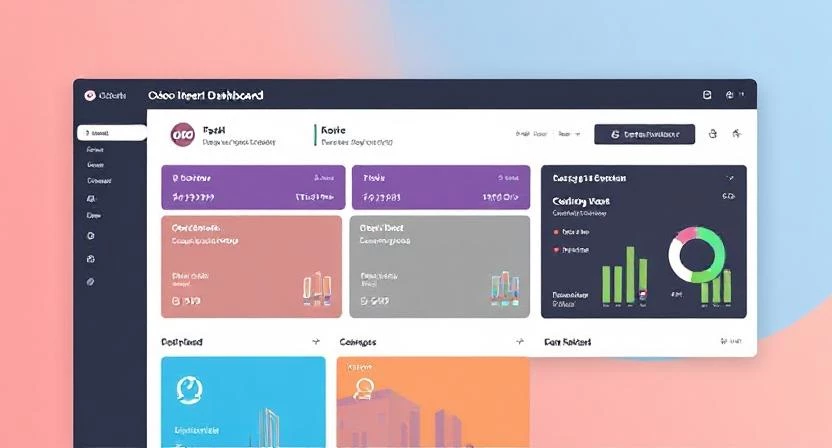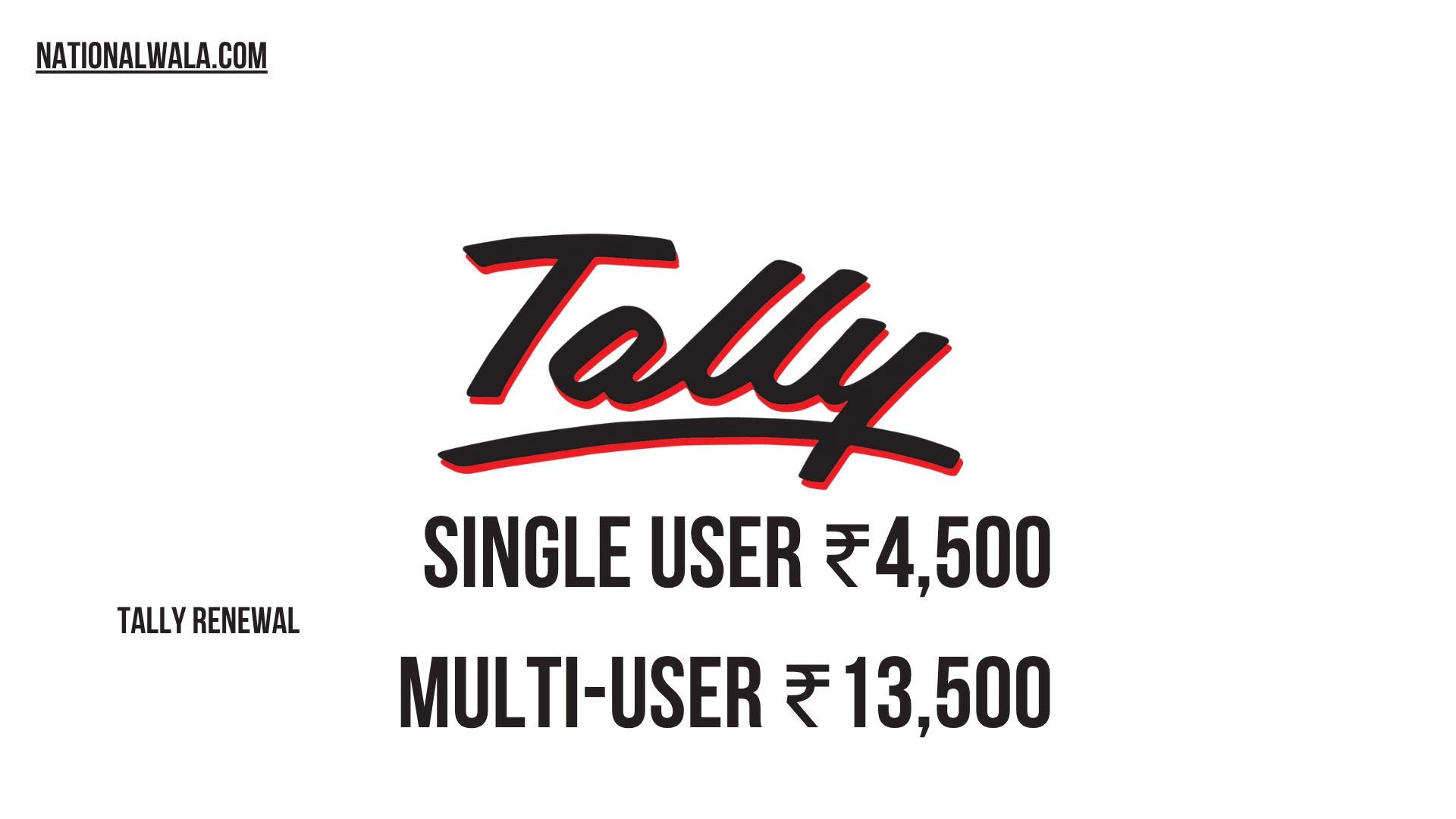Choosing the right accounting software is a pivotal decision for any business. It significantly impacts efficiency, accuracy, and overall financial health. Two prominent players in this domain are Tally and QuickBooks. Both offer robust features designed to streamline accounting processes. However, they cater to different business needs and operate with distinct functionalities. This in-depth comparison delves into their key differences, helping businesses make an informed choice.
Table of Contents
Understanding the Core Strengths: Tally’s Comprehensive Powerhouse
Tally Prime has long been a dominant force in the Indian accounting software market. It enjoys widespread adoption due to its comprehensive feature set. Furthermore, Tally traditionally operates as an on-premise software. Consequently, businesses purchase a license and install it directly on their computers. Moreover, Tally is renowned for its robust inventory management capabilities. Therefore, it proves particularly advantageous for businesses dealing with physical goods.
Additionally, Tally excels in handling complex accounting tasks. These include multi-currency transactions and advanced tax management in compliance with Indian regulations. Consequently, businesses with intricate financial structures often find Tally a suitable choice. Furthermore, Tally supports unlimited users under its multi-user license. This makes it a cost-effective option for larger organizations.
Exploring the Flexibility of QuickBooks: Cloud-Based Accessibility
QuickBooks, on the other hand, primarily operates as a cloud-based accounting software. This offers businesses the flexibility of accessing their financial data from anywhere with an internet connection. Moreover, QuickBooks boasts a user-friendly interface. Consequently, it is often favored by small businesses and startups with limited accounting expertise. Furthermore, QuickBooks integrates seamlessly with a wide array of third-party applications. This enhances its functionality and allows for customization based on specific business needs.
Additionally, QuickBooks offers various subscription plans tailored to different business sizes and requirements. This provides scalability as the business grows. Consequently, businesses can start with a basic plan and upgrade as their needs evolve. Moreover, QuickBooks emphasizes ease of use and provides helpful resources for new users. Therefore, it can be a less daunting option for those new to accounting software.
Tally vs. QuickBooks: A Feature-by-Feature Comparison Table
| Feature Category | Tally | QuickBooks | Key Considerations |
|---|---|---|---|
| Deployment | Primarily On-Premise (with remote access options) | Primarily Cloud-Based | Accessibility, Data Security Preferences |
| User Interface | Traditional, Keyboard-Driven Navigation | Modern, Intuitive, Mouse-Driven Navigation | Ease of Learning, User Experience, Technical Comfort Level |
| Accounting Features | Comprehensive, Strong Multi-Currency, Robust Indian Taxation (GST) | Good, Multi-Currency often in higher tiers/add-ons, GST Support available | Complexity of Accounting Needs, Focus on Indian Market |
| Inventory Management | Highly Robust, Multi-Warehouse, Bill of Materials, Stock Valuation | Good (primarily in higher tiers), Basic Tracking in lower tiers | Complexity of Inventory Needs (Manufacturing, Retail, Trading) |
| Invoicing & Billing | Integrated with Inventory & Accounting, Customizable Templates | Efficient, Cloud-Based Sharing, Online Payment Options | Integration Needs, Preference for Online Payments & Collaboration |
| Payroll Management | Often Integrated (depending on version), Handles Indian Statutory Deductions | Typically Add-on Service or Higher-Tier Subscription | Need for Integrated Payroll, Budget for Additional Payroll Services |
| Reporting & Analytics | Comprehensive, Highly Customizable Reports | Robust, User-Friendly Dashboards, Visual Reports | Complexity of Analysis Required, Preference for Visual Data Representation |
| Ease of Use | Can have a steeper learning curve for new users | Generally easier to learn, especially for non-accountants | User Skill Level, Time Availability for Training |
| Pricing Model | Primarily One-Time License (with optional annual support) | Subscription-Based (monthly or annual fees) | Long-Term Cost Considerations, Number of Users |
| Scalability | Primarily through Multi-User Licenses | Scalable Subscription Plans | Future Growth Projections, Ease of Adding Users & Features |
| Third-Party Integration | Can integrate, but might require more technical expertise | Integrates with a wide range of applications | Need for Connecting with other Business Tools |
| Primary Market Focus | Strong Focus on the Indian Market | Global Market, with localization for India | Geographic Scope of Business Operations, Specific Regional Compliance Needs |
Disclaimer: Please note that this table provides a general comparison based on common features and perceptions. Specific functionalities and pricing may vary depending on the Tally version/modules and the QuickBooks subscription plan chosen. Businesses are advised to conduct their own thorough evaluation and potentially request demos from both vendors to determine the best fit for their unique requirements. This information is for comparative purposes only and does not constitute an endorsement or ranking.
Feature-by-Feature Breakdown: A Detailed Examination
To provide a clearer understanding, let’s compare the key features offered by Tally and QuickBooks:
Accounting Features: Core Financial Management
Both Tally and QuickBooks offer fundamental accounting features. These include managing accounts payable and receivable, general ledger, and financial reporting. However, Tally provides more advanced features for complex accounting scenarios. For instance, it efficiently handles multi-currency transactions without requiring additional add-ons. Conversely, QuickBooks often requires higher-tier subscriptions or integrations for similar functionalities.
Furthermore, Tally’s strength lies in its comprehensive handling of Indian taxation, including GST (Goods and Services Tax) compliance. It simplifies the generation of GST-compliant invoices and reports. While QuickBooks also supports GST, its implementation might require more configuration and understanding of Indian regulations. Consequently, for businesses operating primarily within India, Tally’s built-in tax features offer a significant advantage.
Inventory Management: Tracking Goods and Stock
Tally’s inventory management module is a standout feature. It allows businesses to meticulously track stock levels, manage multiple warehouses, and generate detailed inventory reports. This makes it ideal for manufacturing, trading, and retail businesses. Moreover, Tally supports features like bill of materials, stock valuation, and sales order processing. Therefore, businesses with significant inventory needs often prefer Tally.
In contrast, QuickBooks offers inventory management features primarily in its higher-tier plans. While it allows tracking of inventory and cost of goods sold, it might lack the advanced functionalities offered by Tally. Consequently, for businesses with simpler inventory requirements, QuickBooks might suffice. However, those with complex inventory management needs will likely find Tally more robust.
Invoicing and Billing: Generating Sales Documents
Both Tally and QuickBooks enable businesses to create professional invoices and manage their billing processes. They allow customization of invoice templates and tracking of payments. However, Tally’s invoicing system is tightly integrated with its inventory and accounting modules. This facilitates seamless tracking of sales transactions and stock adjustments.
QuickBooks also provides efficient invoicing features. Its cloud-based nature allows for easy sharing of invoices with customers. Additionally, it offers online payment options, streamlining the payment collection process. Consequently, businesses that prioritize online collaboration and payment processing might find QuickBooks more convenient for invoicing.
Payroll Management: Handling Employee Compensation
Tally offers integrated payroll management in many of its versions. This allows businesses to process salaries, manage employee records, and generate payroll reports directly within the software. It also handles statutory deductions like Provident Fund and Employee State Insurance, as applicable in India. This integrated approach can save time and effort for businesses.
QuickBooks also offers payroll features, but often as an add-on service or in higher-tier subscriptions. While it simplifies payroll processing, the additional cost can be a factor for some businesses. Consequently, businesses that require integrated payroll without extra costs might find Tally’s offering more appealing.
Reporting and Analytics: Gaining Financial Insights
Both software packages provide a range of financial reports, including balance sheets, profit and loss statements, and cash flow statements. These reports are crucial for understanding a business’s financial performance. However, Tally’s reporting capabilities are often considered more comprehensive, particularly for complex financial analysis. It allows for greater customization of reports and offers more detailed insights.
QuickBooks also offers robust reporting features, with customizable dashboards providing a visual overview of key financial metrics. Its user-friendly interface makes it easier for non-accountants to generate and understand reports. Consequently, businesses that prioritize ease of use and visual data representation might prefer QuickBooks’ reporting capabilities.
User Interface and Ease of Use: Navigating the Software
QuickBooks generally boasts a more modern and intuitive user interface compared to Tally’s traditional design. Its cloud-based platform is designed for ease of navigation, even for users with limited accounting knowledge. Consequently, the learning curve for QuickBooks is often shorter.
Tally’s interface, while functional and robust, can appear less modern to new users. Its keyboard-driven navigation might take some time to get accustomed to. However, experienced Tally users often appreciate its efficiency and speed once mastered. Therefore, the preference for user interface often depends on the user’s familiarity and technical comfort level.
Deployment and Accessibility: On-Premise vs. Cloud
Tally is primarily an on-premise software. This means it is installed on local computers and data is stored locally. While Tally offers features for remote access, it traditionally requires additional configuration. Consequently, businesses that prioritize data security and control over their local infrastructure might prefer Tally’s on-premise model.
QuickBooks is primarily cloud-based. This offers the advantage of accessing financial data from any device with an internet connection. It also facilitates collaboration among multiple users in different locations. Consequently, businesses that value flexibility, accessibility, and remote collaboration will likely find QuickBooks’ cloud-based model more suitable.
Pricing and Cost-Effectiveness: Evaluating the Investment
Tally typically involves a one-time license purchase, although annual maintenance and support subscriptions are usually recommended for updates and assistance. For businesses with a larger number of users, Tally’s multi-user license can be more cost-effective in the long run as it allows unlimited users.
QuickBooks operates on a subscription-based model with recurring monthly or annual fees. The pricing varies depending on the features and the number of users. While the initial cost might be lower, the ongoing subscription fees can accumulate over time. Consequently, businesses need to evaluate their long-term costs and user requirements when comparing the pricing models.
Scalability and Business Growth: Adapting to Changing Needs
QuickBooks offers various subscription plans that allow businesses to scale up as their needs evolve. Upgrading to higher-tier plans unlocks more features and supports a greater number of users. This scalability makes it suitable for growing small and medium-sized businesses.
Tally’s scalability is primarily managed through its multi-user license. While it can handle large volumes of data and transactions, adding more users might require upgrading the license. Businesses with significant growth projections should consider the scalability options offered by both platforms.
Conclusion: Making the Right Choice for Your Business
The choice between Tally and QuickBooks ultimately depends on the specific needs and characteristics of your business.
Choose Tally if:
- You operate primarily in India and require robust GST compliance features.
- Your business has complex inventory management needs.
- You require integrated payroll management without additional costs.
- You prefer an on-premise software solution with a one-time license option.
- You have a larger number of users and need a cost-effective multi-user solution.
- Your accounting processes are complex and require advanced reporting capabilities.
Choose QuickBooks if:
- Your business is a small to medium-sized enterprise or a startup.
- You prioritize a user-friendly interface and ease of use.
- You need the flexibility of cloud-based access and remote collaboration.
- Integration with a wide range of third-party applications is important.
- You prefer a subscription-based model with scalable plans.
- Your inventory management needs are relatively simple.
By carefully evaluating your business requirements and comparing the strengths and weaknesses of Tally and QuickBooks, you can make an informed decision that will contribute to efficient financial management and support your business growth.



